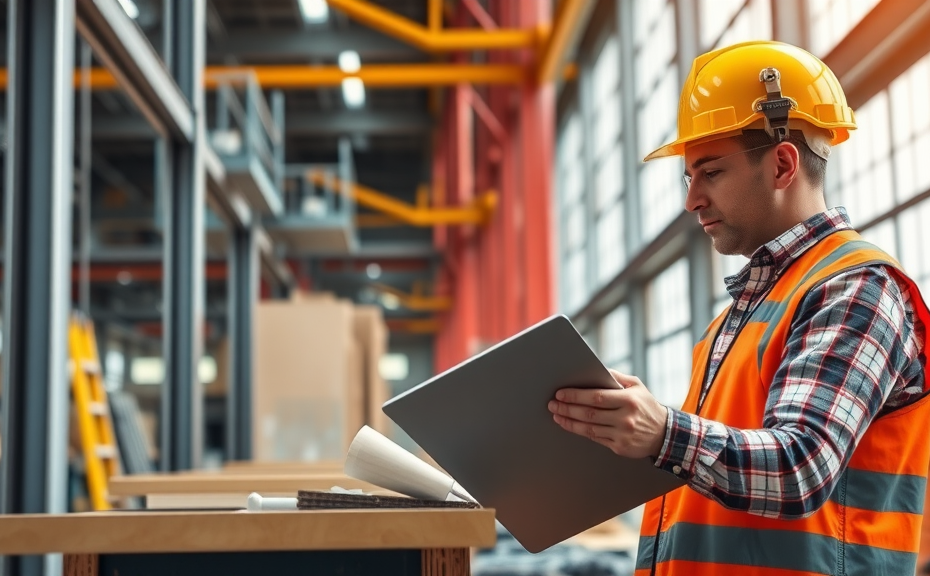In the construction industry, ergonomics plays a crucial role in enhancing worker productivity and safety. Workers are often exposed to physically demanding tasks, making it essential to implement ergonomic principles that minimize the risk of injury. By focusing on ergonomic design, companies can create more efficient work environments that help keep laborers safe and healthy.
One of the primary benefits of ergonomics in construction is the reduction of musculoskeletal disorders (MSDs). These disorders are prevalent in this industry due to repetitive motions, heavy lifting, and awkward postures. Implementing ergonomic solutions, such as adjustable scaffolding and power tools designed to reduce strain, can significantly decrease the incidence of these injuries.
Furthermore, ergonomic training programs provide workers with valuable knowledge on how to properly lift heavy materials, use tools safely, and maintain correct body posture while working. Regular workshops and refreshers can reinforce these practices, leading to a safer work environment.
Employers can also invest in ergonomic equipment, including:
- Height-adjustable workstations
- Anti-fatigue mats to reduce foot and leg strain
- Ergonomically designed hand tools that minimize wrist and hand injuries
Incorporating ergonomic assessments of job sites is another effective strategy. By analyzing work processes and environments, employers can identify potential ergonomic hazards and take proactive measures to mitigate them. This approach not only protects workers but also improves overall job satisfaction and morale.
As the construction industry advances, embracing ergonomics will be essential for fostering a culture of safety and efficiency. Prioritizing ergonomic practices signifies a commitment to worker well-being, ultimately leading to enhanced productivity and reduced costs associated with injuries. Emphasizing ergonomics in construction can reshape the industry’s future, making it safer for everyone involved.
